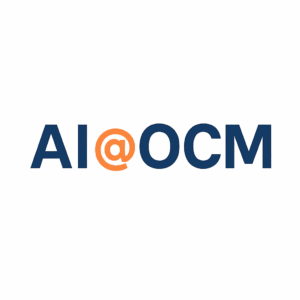In the pursuit of technological innovation, many organizations focus predominantly on technical specifications when selecting new technology solutions. This approach, while aiming for optimal functionality, often neglects a critical aspect: the alignment with the existing and desired company culture and employee experience. Neglecting this alignment can lead to key talent loss, workforce attrition, and other long-term consequences like diminished confidence in leadership, lowered organizational morale, and resistance to future changes. This blog post advocates for a paradigm shift in technology selection – from a purely functional orientation to one that fully integrates Organizational Change Management (OCM) methodologies. This integration ensures a balanced focus on technical excellence and human-centric factors, fostering a synergy between technology and the people it serves.
The Consequences of a Technology-First Approach
Prioritizing technical specifications in technology solutions can inadvertently trigger several organizational challenges:
- Talent Loss and Workforce Attrition: Disregarding employee needs and preferences in technology decisions can lead to dissatisfaction and eventually, the loss of valuable talent.
- Lowered Employee Engagement: When employees feel their needs are secondary, their engagement and loyalty to the organization may wane.
- Eroded Trust in Leadership: A gap between leadership’s technology decisions and the employee experience can lead to a loss of confidence in organizational decision-making.
- Stagnant Organizational Culture: Excessive focus on technology might impede the natural evolution of a company’s culture.
- Increased Resistance to Change: Ignoring the human element in technology implementations can create a workforce resistant to future changes.
Embracing a Human-Centric Approach with OCM
Incorporating Organizational Change Management (OCM) into technology selection involves understanding and aligning with the organizational culture and employee experience. Here’s how it can be done:
Understanding Organizational Culture and Employee Needs
The process starts with a deep dive into the current organizational culture and identifying employee needs and preferences, often through surveys and interviews.
Defining the Desired Cultural Outcome
Establish clear objectives for the cultural changes desired as a result of the new technology. This requires a collaborative effort involving leadership, HR, and IT departments.
Evaluating Technologies through an OCM Perspective
When assessing technology options, prioritize factors like user-friendliness, cultural alignment, and the level of change they will introduce to the workforce.
Developing a Comprehensive Change Management Plan
Create a strategy encompassing communication, training, and support to prepare and engage employees for the new technology.
Continuous Monitoring and Feedback
After implementation, maintain an ongoing feedback mechanism to understand the technology’s impact and make necessary adjustments.
Conclusion
The need to align technology selections with company culture and employee experience is more crucial than ever in today’s rapidly evolving business landscape. By integrating Organizational Change Management into the technology selection process, organizations can ensure a balanced approach that values both technical efficiency and the human elements of organizational change. This strategy not only facilitates smoother transitions but also nurtures a culture of adaptability and continuous improvement, essential for long-term success and growth.






